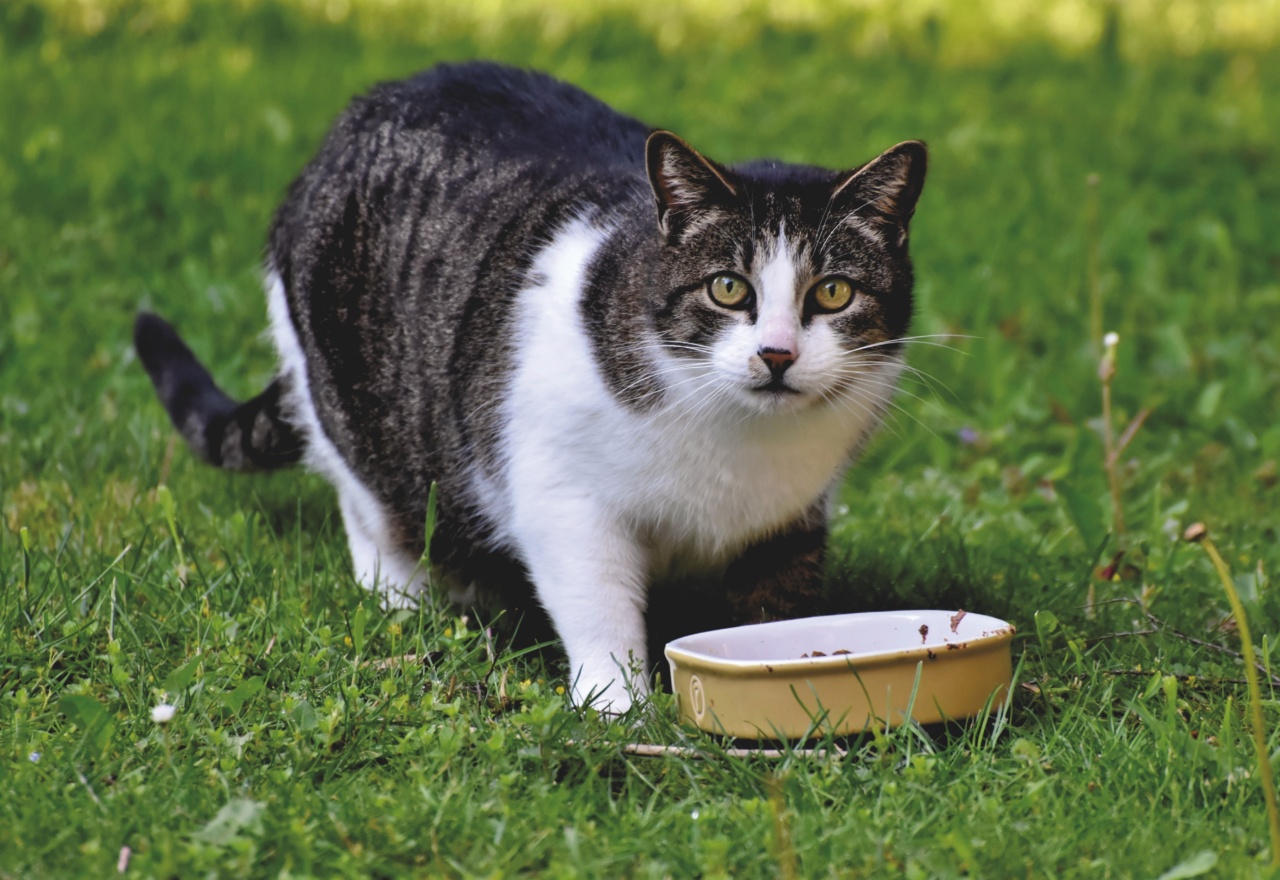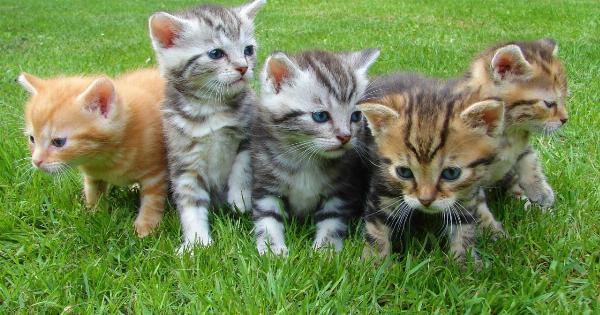Cat grass is a specific type of grass that is grown for the sole purpose of eating by cats. Many cats enjoy eating grass and it is often seen as a natural behavior. However, there are many questions and concerns surrounding cat grass consumption.
In this article, we will address some of the most common questions and concerns related to cat grass eating.
What is Cat Grass?
Cat grass is a type of grass that is safe for cats to eat. It is often sold in pet stores and can also be grown at home. The grass is rich in nutrients and fiber and can be a healthy addition to a cat’s diet.
Common types of cat grass include wheatgrass, oat grass, and barley grass.
Why Do Cats Eat Grass?
There are several theories as to why cats eat grass. Some experts believe that it is a natural behavior that stems from their wild ancestors who ate grass to help them digest their prey.
Others believe that cats eat grass as a way to alleviate nausea, constipation, or to aid in hairball removal. It is also possible that cats simply enjoy the taste and texture of grass.
Is Cat Grass Safe for Cats?
Yes, cat grass is generally safe for cats to consume. However, it is important to ensure that the grass is not treated with any chemicals or pesticides that could be harmful to your cat.
It is also important to supervise your cat while they are eating grass to ensure that they do not overconsume and potentially develop digestive issues.
Can Cat Grass Cause Digestive Issues?
In some cases, cat grass can cause digestive issues such as vomiting, diarrhea, or constipation. This is more common in cats who consume large amounts of grass or who have underlying digestive issues.
If your cat experiences any of these symptoms after eating cat grass, it is best to consult with your veterinarian.
Is Cat Grass Necessary for a Cat’s Diet?
No, cat grass is not necessary for a cat’s diet. However, it can be a healthy addition as it provides fiber and other nutrients.
It is important to remember that cats are obligate carnivores, meaning that their diet should primarily consist of animal-based protein. If you choose to give your cat cat grass, it should be in addition to a balanced and complete diet.
How Do I Introduce Cat Grass to My Cat?
Introducing cat grass to your cat is easy. You can purchase cat grass from a pet store or grow it at home. If you choose to grow cat grass at home, you will need to purchase a kit or seeds and follow the instructions for planting.
Once the grass has grown to a suitable length, you can offer it to your cat. Most cats will naturally be attracted to the grass and will begin eating it on their own.
How Much Cat Grass Should I Give My Cat?
The amount of cat grass you give your cat will depend on their individual needs and preferences. It is important to supervise your cat while they are eating grass to ensure that they do not overeat and potentially develop digestive issues.
As a general rule, you can offer a small handful of grass to your cat once or twice a week.
Can Kittens Eat Cat Grass?
Yes, kittens can eat cat grass. However, it is important to ensure that the grass is safe and free from any chemicals or pesticides that could be harmful to their developing digestive systems.
It is also important to supervise kittens while eating grass to ensure that they do not overconsume and potentially develop digestive issues.
Is Organic Cat Grass Better?
Organic cat grass is typically grown without the use of chemicals or pesticides, making it a safer option for your cat. However, it is important to remember that even organic cat grass can cause digestive issues if overconsumed.
It is also important to supervise your cat while they are eating grass to ensure that they do not accidentally ingest any other harmful substances that may be present in their environment.
Can Cat Grass Cause Allergic Reactions?
It is possible for cats to have allergic reactions to cat grass. Symptoms may include sneezing, coughing, or itching. If your cat experiences any of these symptoms after eating cat grass, it is best to discontinue use and consult with your veterinarian.






























